
“God could not be everywhere and so he made mothers.”
-Jewish Proverbs
Introduction
Remembering someone we love can be expressed in many different ways.
In this article, we are going to talk about memorial tattooing, an artform that has been in existence for over 10,000 years. We will also dive into the motivation for having a tattoo to get a better understanding of why tattoos have been part of the culture of human beings. Also, we will talk about the personal meaning people place on their tattoos, along with some of the precautions one must take.
Why a Tattoo?
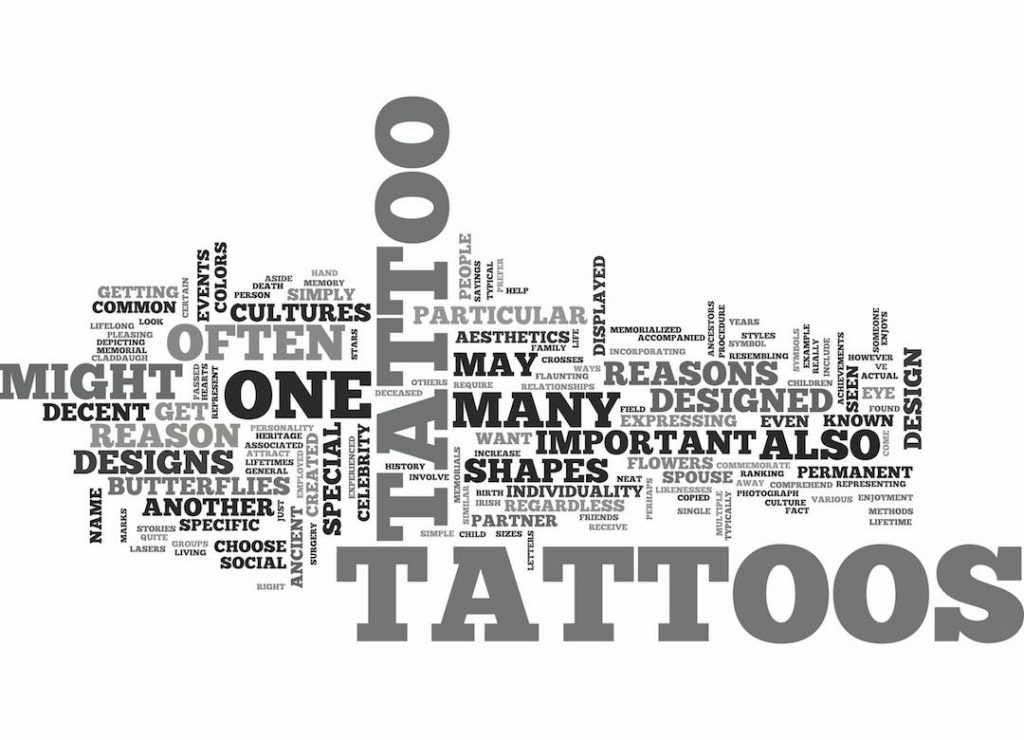 What makes someone get a tattoo? Human beings have been getting tattoos for thousands of years for a multitude of reasons. In ancient times, people got tattoos as rites of passage or through participation in rituals that identified them with their culture/tradition. Certainly, it had a particular significance. Today, people get tattoos for sentimental reasons. They get inked because they want to remember or honor someone or something in an indelible way. These kinds of tattoos are known as memorial tattoos.
What makes someone get a tattoo? Human beings have been getting tattoos for thousands of years for a multitude of reasons. In ancient times, people got tattoos as rites of passage or through participation in rituals that identified them with their culture/tradition. Certainly, it had a particular significance. Today, people get tattoos for sentimental reasons. They get inked because they want to remember or honor someone or something in an indelible way. These kinds of tattoos are known as memorial tattoos.
Tattoos can be marks of remembrance with a feeling of eternal gratitude, such as for a husband, parent, sibling or even child. Memorial tattoos are a way to carry your loved ones with you wherever you go. They serve as a reminder every time you look at the tattoo. Memorial tattoos can serve as an inspiration for the individual for a certain life behavior and specific value, comportment, life motto, however, always inspired by love and/or solidarity. Many people today are even having the original signature engraved or marked on their body somewhere. Miley Cyrus got the face of her beloved pet tattooed on her arm.
Other people can use tattoos to enhance an image of sexual prowess, an image of “toughness” and strength. Many of these tattoos are strategically placed on prominent biceps, broad shoulders, and even muscled collar bone areas. Other people use tattoos to visually promote their identity and/or group affiliation. Some even get tattoos just for the fun of it because it feels trendy and cool. We can see many more people having tattoos today than even twenty years ago. Most have a variety of personal meanings. In general, tattoos are so rampant nowadays that it’s almost unusual to see someone without a visible tattoo!
Artistic Expression
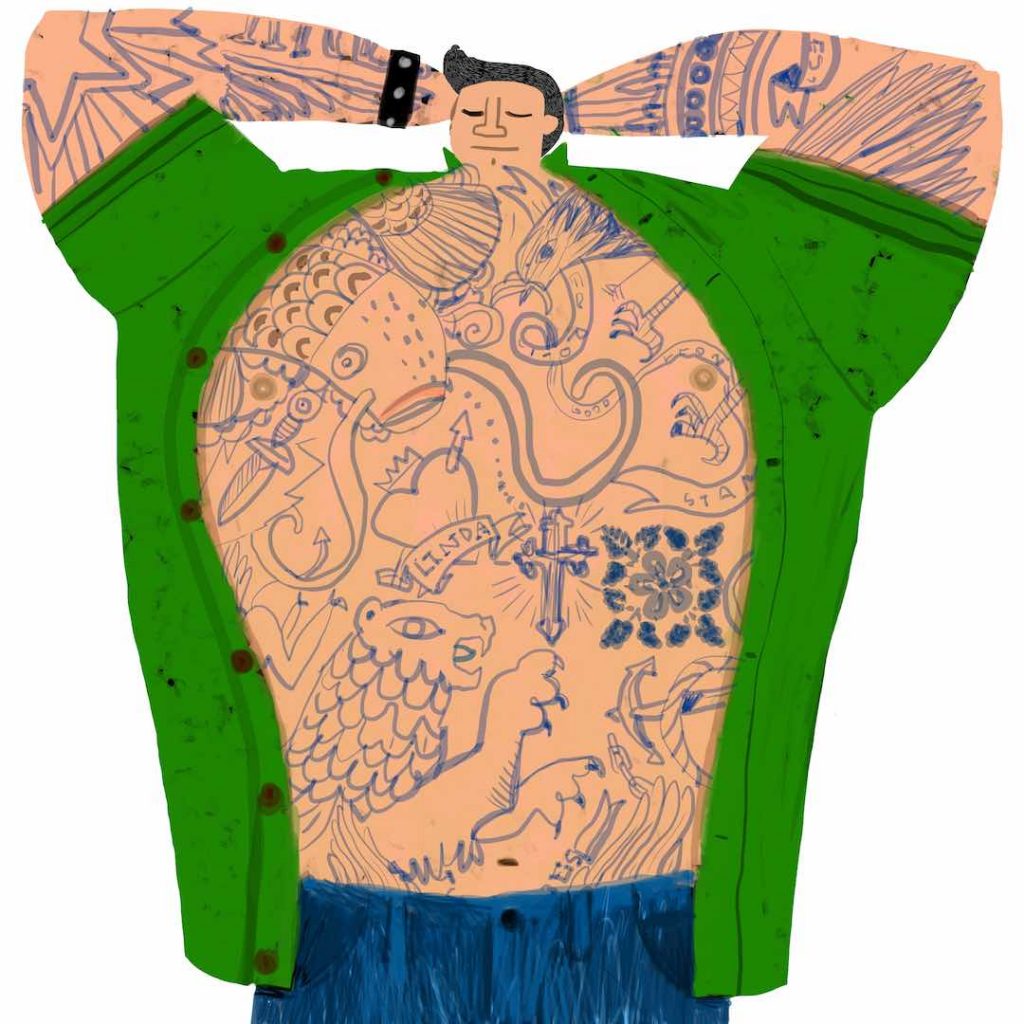
People also get tattoos, perhaps because they feel compelled to tell a story through their artistic expression, visually revealing more than verbal words could say. For some, tattoos are “cool,” and they want to be cool too. People are usually very proud of their tattoos, feeding their self-esteem. This is especially true for men and women who have high body appreciation. While others may hide behind their tattoos. Others also hide their tattoos in places on their bodies that are usually exposed in a scanty bathing suit, or revealed in intimate situations.
Tattoos are a very personal thing that hold deep meaning for each individual. They are significant to that person and that person alone. One of my nieces, who happens to be accomplished intellectually, has tattoos going up one entire leg with dragons and magical, mythical creatures. She expresses her artistic, creative personality, and flair for life, as she looks upon them as wearable pieces of artwork.
Making A Statement
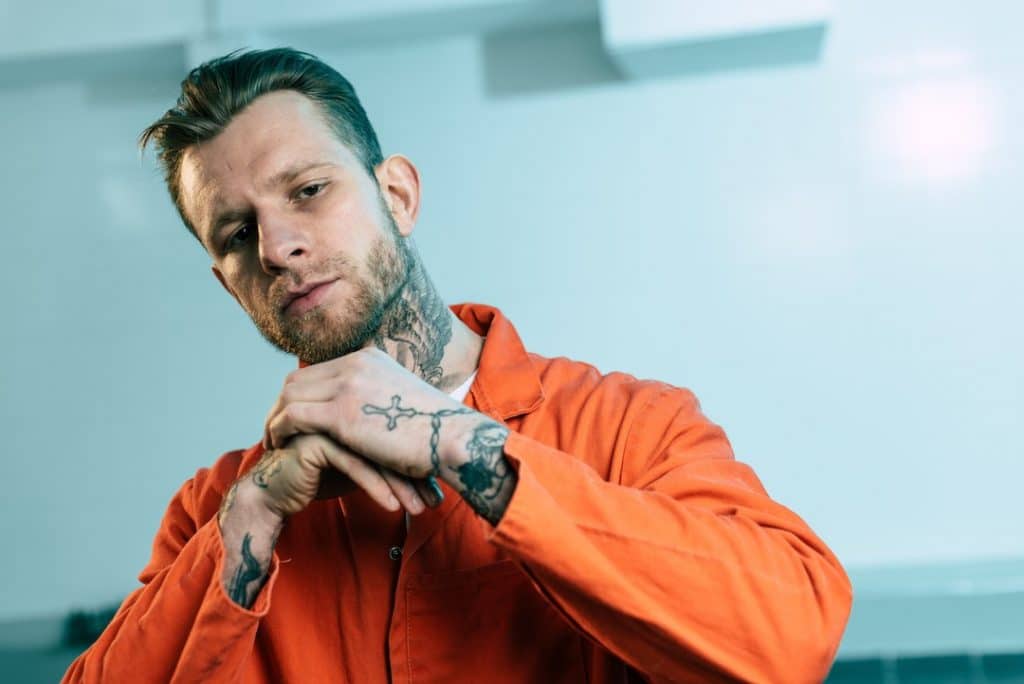
Prisoner Identification
From another viewpoint, however, prisoners in history have had tattoos imposed upon them against their will. This is particularly true during the Holocaust in World War II. My girlfriend’s 94-year old dad, who is a Holocaust Survivor, has his prisoner number tattooed on his arm. When he looks at that number, it brings back painful memories. Also, the swastika became a symbol for solidarity and which many men had tattooed on their bodies. These are usually in visibly prominent places.
Today, in some prisons, tattooing is self-selected to symbolize particular crimes individual prisoners have committed. Tattoos may also symbolize philosophies each prisoner may hold or prejudices, time served, and otherwise just to make strong statements. For example, I learned that depending on geographic location, [[footnote]] if someone almost commits murder, they have a teardrop that is only outlined. And if someone has actually committed murder, the tear drop is filled in. A prisoner’s tattoo, in general, may also symbolize the amount of time a felon has done. Sometimes certain gangs will tattoo the back of their necks or elbows with their symbols. Cobwebs symbolize long-timers in prison, connoting that spiders are trapped in their own web.
Out of Rebellion
Other reasons people get tattoos are out of rebellion. People want to make a statement and stand out/up for something that they cannot for some reason express verbally. Nor do they want to choose to do so in writing. Yet they immortalize their viewpoint through a tattoo.
People get tattoos because they are a way of making a permanent statement. It’s their platform for saying that something matters to them, that whatever art they are engraving on their body made a difference in their life. Tattoos also create an opportunity between total strangers who might have a lot in common to strike up a conversation.
Tribute to Prominent People
Another reason people get tattoos may be to honor their favorite writers, singers or artists. It is their way of saying thank you and paying homage in the best way they know how. The list can go on and on. However, one thing for sure is that all tattoos end up being memorial tattoos. They’ll always serve as a reminder of a love, a hate, a rebellion, expose a message, a crime, a time served in jail. Thus they all become “memorial tattoos” because they commemorate some act or feeling in the memory of their life.
Tattoos: Way of Bonding
It wasn’t unusual to see our veterans having tattoos during World War II. Tattoos were seen on those who served in the armed forces. My dad was in the Navy in WWII who served as a minesweeper in the Philippines. He proudly sported two big tattoos on both arms upon his return home to the United States. One was a huge sailing ship and the other was an eagle. What had meaning for him was important enough to put on his arms permanently. As children, we always thought that his tattoos were beautiful, although I’ve never been inspired to get one. My brother, who was also in the Navy, got the same tattoo my dad on his arm and put “Dad” on it.
Getting tattoos is a way of bonding with others whether in a community already or finding others that build a comradeship with each other. Hell’s Angels is another example of tattooing a symbol that bonds them to each other. Even gangs have certain symbols that identify them as a community. Although memorial tattoos are done to remember a loved one in an honorable way, there are cases where people have regretted getting one. When a love partnership has dissolved, an individual doesn’t feel they still need to wear the former loved one’s name tattooed somewhere on their body.
What is a Tattoo?
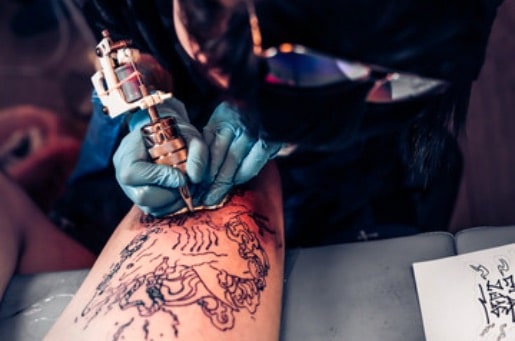
What exactly is a tattoo anyway and what makes it permanent? A tattoo is a permanent kind of body art that is made by puncturing the skin with needles and injecting ink, dyes, and pigments into the deep layer of the skin. Tattoos used to be done manually. The tattoo artist would puncture the skin with a needle and inject ink by hand. This process is still used in some parts of the world. However, most professional tattoo artists use electric machines that power the needles up and down as the ink is deposited in the skin.
Things to Think About Before Getting a Tattoo
Clean and Safe Tattoo Studio
Make sure wherever you go to get a tattoo that the tattoo studio is clean and safe. See to it that all of the equipment used is disposable, and whatever isn’t, is sterilized. Check out the licensing of the tattoo shop, and check for any complaints about the place you have chosen. Also, know that most states don’t allow minors younger than 18 years old to get tattoos without a parent’s permission. Some even require a parent to be present during the tattooing process. Some states don’t even allow minors to get tattoos at all. If you are interested in getting a tattoo, play it safe and do your homework. Find out everything you need to know before you have a permanent piece of art done anywhere on your body.
Tattoos are Permanent
It’s important to remember that tattoos are permanent. Bear in mind that they are difficult and expensive to remove, and may not be able to be removed completely. Thinking about getting a tattoo? Make sure you first have had all of your immunizations, particularly hepatitis B and tetanus shots. If you happen to have any medical problems, such as heart disease, allergies, diabetes, skin problems, like eczema or psoriasis, a weakened immune system or bleeding problem, talk to your doctor before getting a tattoo. If you scar easily, you might want to think twice before getting a tattoo.
Aftercare
Also, aftercare is very important because the little punctures have penetrated the outer layer of skin. This potentially exposes you to have any sort of bacteria affecting you adversely. Swimming pools are usually forbidden until the skin closely completely. An infection getting into your bloodstream can spread so quickly it may not be able to be stopped. If you do get a tattoo and you’ve been in some contact with a counter-indicated element, it’s best to see a doctor just to help pre-empt more dire consequences.
Social Acceptance
Whether your tattoo is a memorial tattoo or not, and as many people will appreciate it for the meaning, there’ll be many that still won’t like it. It may not just be their cup of tea. It’s also good to take into consideration that maybe having a tattoo could also possibly affect your chances of getting a job or advancing your career. Of course, this depends on what kind of job you have. Some people believe that tattooing is marring the body in a way that detracts from the body’s authentic beauty. One of the beliefs in the Jewish faith is that the body is on loan from God and not for a believer to mar it in any way. This is why the tradition forbids from having that body buried in a Jewish cemetery.
A Look at Memorial Tattoos
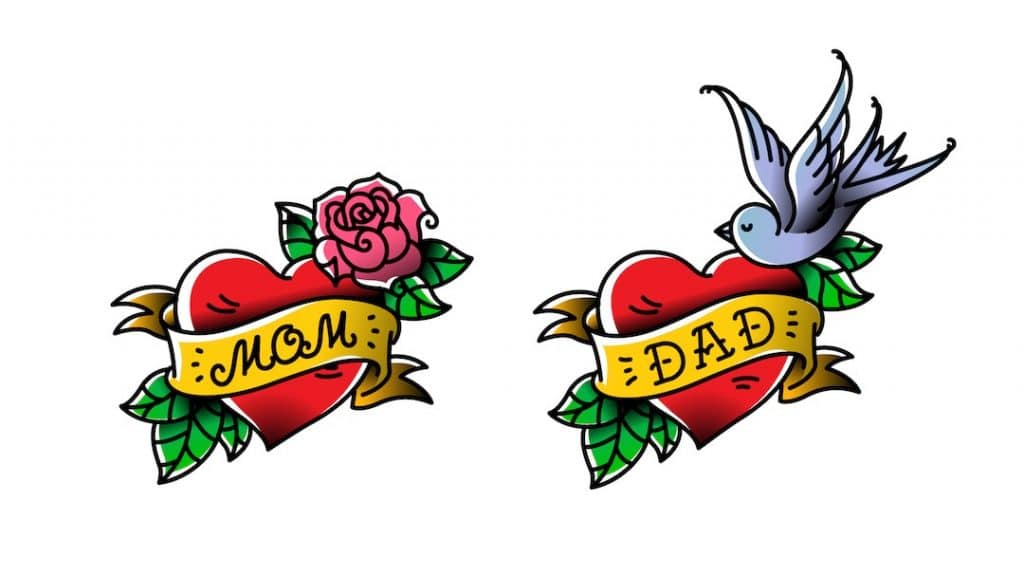 Because a memorial tattoo is a way of permanently memorializing someone or some memory of something you love or have loved, it becomes a testament of your unbreakable bond, conveying love and remembrance. Other than the typical tattoos that maybe you’ve seen with “Mom” and “Dad”, people also have portraits copied from photographs tattooed. It’s just another way of commemorating someone you love, along with R.I.P. with your loved one’s name and dates. Whatever you decide depends on the personal relationship you had with your loved one. It will hinge on what feeling you want to evoke from having known that person.
Because a memorial tattoo is a way of permanently memorializing someone or some memory of something you love or have loved, it becomes a testament of your unbreakable bond, conveying love and remembrance. Other than the typical tattoos that maybe you’ve seen with “Mom” and “Dad”, people also have portraits copied from photographs tattooed. It’s just another way of commemorating someone you love, along with R.I.P. with your loved one’s name and dates. Whatever you decide depends on the personal relationship you had with your loved one. It will hinge on what feeling you want to evoke from having known that person.
A memorial tattoo is a visual reminder that pays tribute to our lost loved one/special person/moment in time/symbol, ensuring we never forget. It’s also a way to connect/get through grief, to seek to permanently preserve markers and milestones. Memorial tattoos spark conversation about the meaning behind the tattoo. It’s a way of expressing without necessarily going into the story. And if someone asks, you have stories to share.
The Desire for Tattooing has Existed for Eons
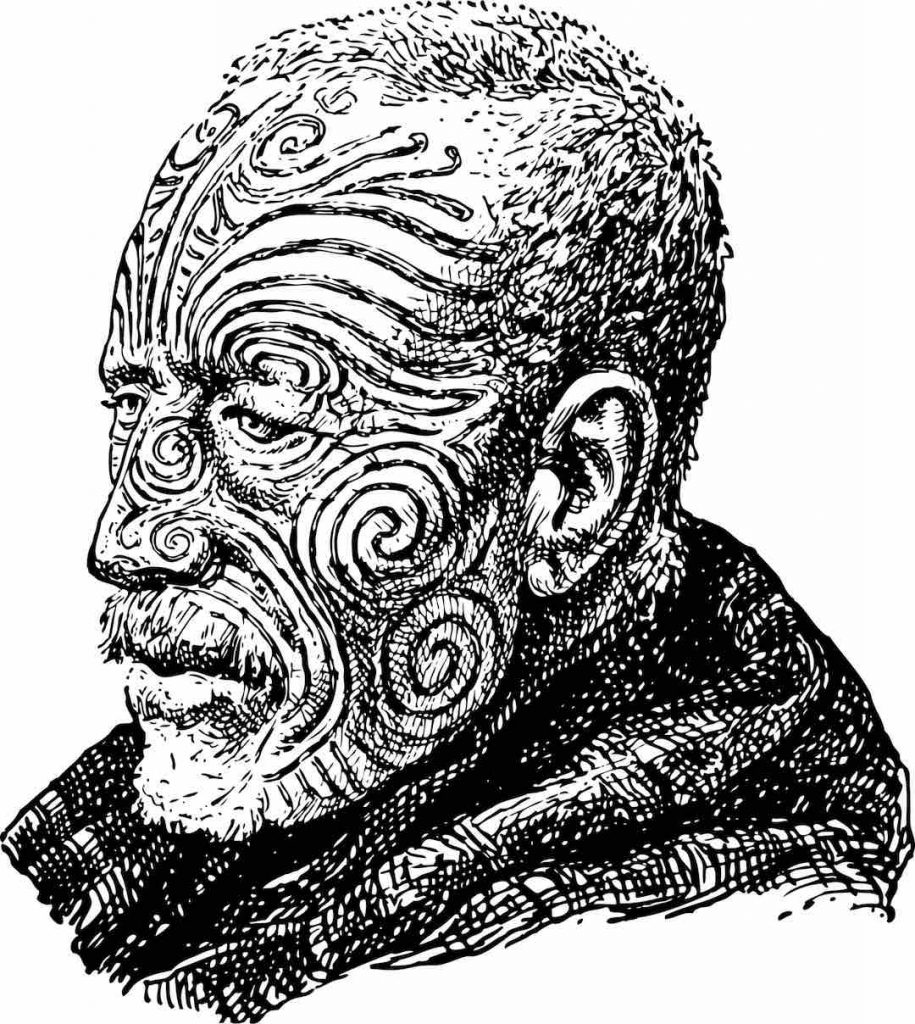
The desire to mark the human body by some symbol for some meaningful reason has been around since Neolithic times. This was discovered through finding mummified preserved skin, their ancient art and the archaeological records, as well as finding the tools that were created to make tattoos in the Upper Paleolithic period in Europe. Early humans found tattooing as a form of identification and/or allegiance to a certain group, clan or even cause.
Tattooing was a custom followed in Egypt during the time of the great construction of the pyramids. We could even call these early Egyptians as trendsetters. It is not surprising that after the Egyptian empire became even more powerful, so did the art of tattooing. Within the civilizations of Crete, Greece, Persia and Arabia, tattooing became a cultural tradition, moving into China in 2000 BC. More and more people desired the artform as a way of identifying something.
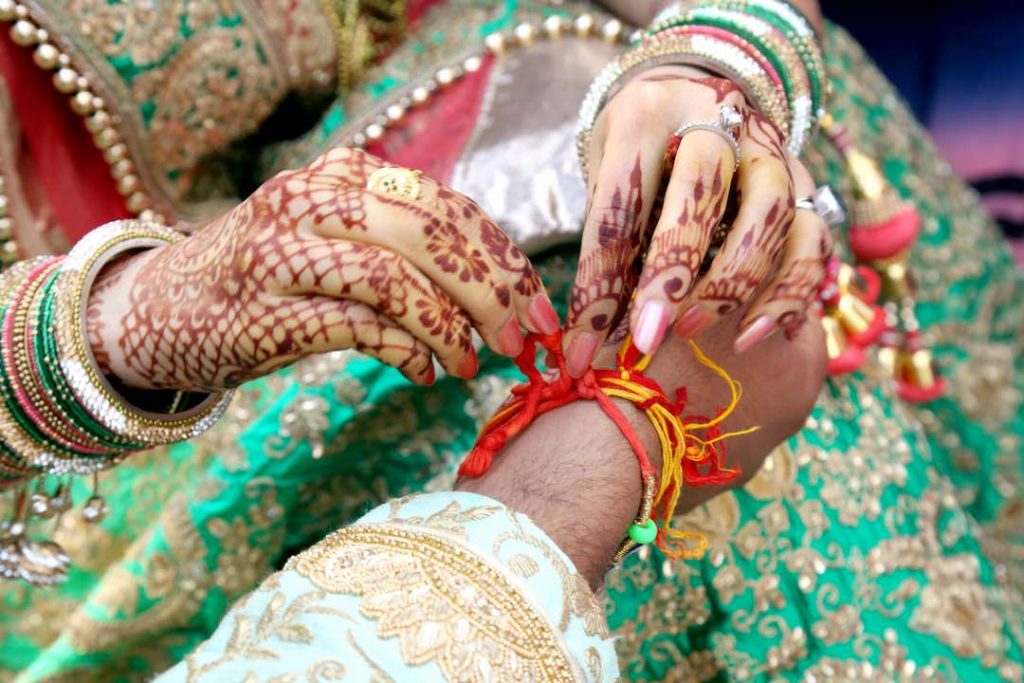
The desire for tattooing came from different perspectives. Tattooing was initially used in Greece in the 5th century BCE to identify and communicate among spies. They had their system of identifying secret coded marks. Romans marked criminals and slaves. Other cultures in Asia used tattoos to show social status, where girls coming of age were marked to announce their place in society, as were married women. Decorative tattooing was looked down upon and religious tattooing was practiced in Egypt and Syria.
Ed Hardy’s Tattoo Shop
Tattooing has come a long way since and has grown as a business of art. In the 70’s there were 500 tattoo artists throughout the entire United States. Today there are over 5000 tattoo artists just in the Los Angeles County area. The stigma of tattooing changed when Ed Hardy stepped into the picture in 1974. Having been formally trained with a degree in art, Hardy helped to elevate the art of tattooing by opening up a tattoo shop. His customers would tell him what they wanted, and he would design on them what they wanted. Sounds simple, but this was one of the first shops of its kind. Hardy said that people got tattoos because tattoos had meaning for them and it was up to him to give them what they wanted. Eventually, his designs permeated the world of fashion.
Tattoo Trend Among Millennials
Tattooing is an ancient artform that was originally reserved for indigenous tribes, soldiers, sailors, punks, and ex-convicts. Nonetheless, it seems that tattoos have been trending more actively with millennials in the past thirty years. It seems that millennials are obsessed with tattooing these days. It used to be that 40% of millennials had at least one tattoo with that number increasing in the last several years alone.
Television Boosts Acceptance of Tattoos
Television has also helped to bring the art of tattooing into the mainstream of acceptance. Shows like TLC’s 2005 hit Miami Ink helped to normalize (and of course, dramatize) the art of tattooing, which used to be perceived as a cagey, subversive experience of a particular part of society to a marked change in the perception of tattoos, as something desirable, cool and, yes, sexy. People are enamored with celebrities and their tattoos in our world from Angelina Jolie to Rihanna to Lady Gaga to Ed Sheeran to Miley Cyrus to David Beckham, and I’m sure many others as well.
In the very first episode of its premier season of The Simpsons in 1989, Bart is at a shopping mall with his mom to buy Christmas presents. Bart stares into a tattoo shop window and wants to get a tattoo for his mom that says, “Mother,” thinking it will thrill his mom. She walks in when he is in the middle of the tattoo. In horror, the mother sees, “Moth” already inked on his arm. She immediately removes him from the chair and he has to get it lasered off. The Christmas jar with money that the family had been saving for presents is then used all up to get “Moth” lasered off Bart’s arm.
Conclusion
As you can see, human beings have been fascinated with the art of tattooing throughout the ages. We either want to belong through cultural rituals and traditions in symbolic bonding through identifying us as part of a community, but it also distinguishes different communities from each other. Some people have the desire to make bold statements that they stand for something. For all of these reasons and more, tattooing has been an intriguing part of the culture of humanity. In a way, a tattoo indicates some sort of belonging, whether to a group, a cause or by deep connection to an individual’s love.
In some way, all of them are memorial tattoos as well as commemorative ones whether for positive reasons or “negative” ones. Our focus has been mainly on the memorial tattoos in remembrance, regard and even honor for those who have been loved and are loved, seemingly giving these loved ones a sense of eternity in time – each one’s lifetime.
It’s your life. Enjoy the journey. And remember to bring love into everything you do.





